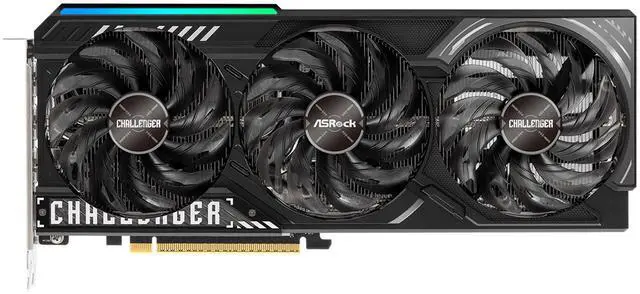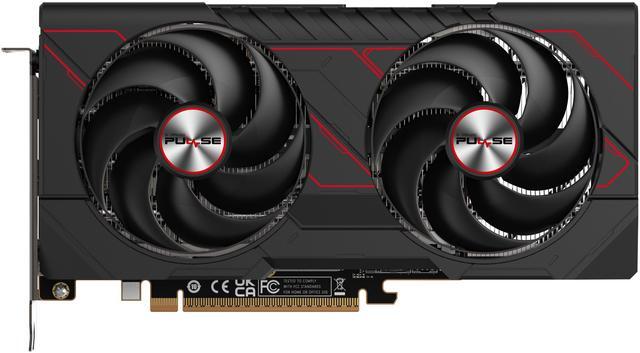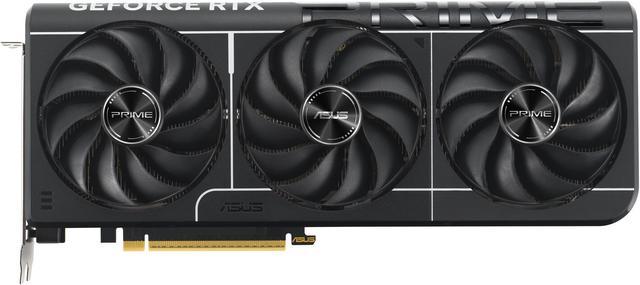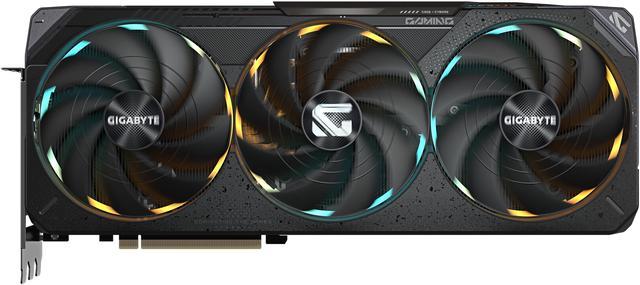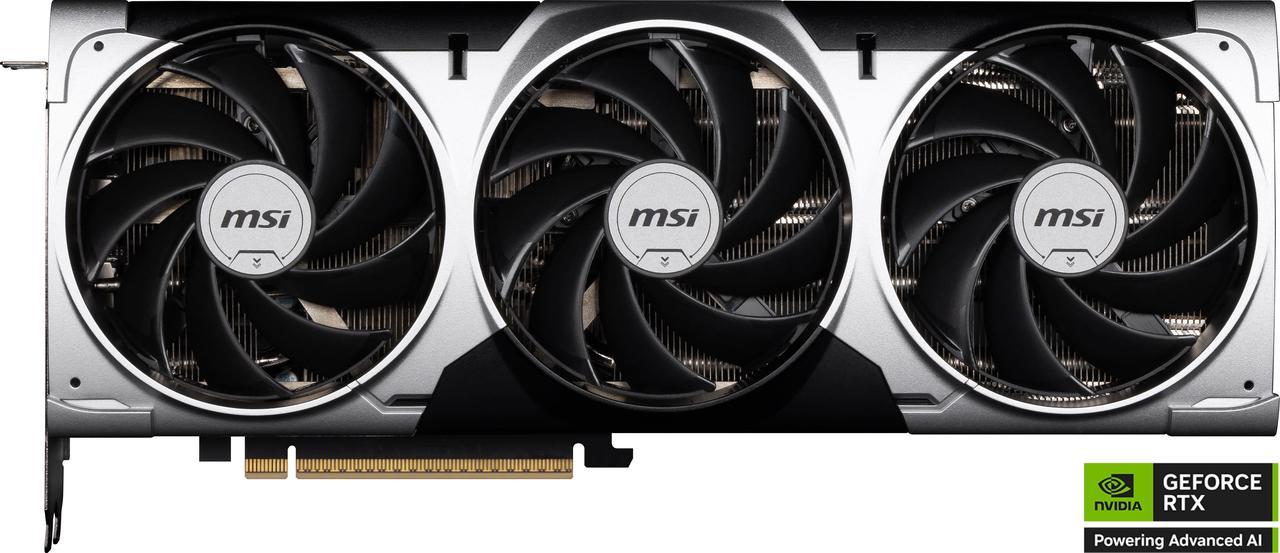

Let’s start with the honest truth: the “right” GPU isn’t the most expensive one—it’s the one that matches your monitor, your games, and your patience for tweaking settings. This guide walks you through that match-making process for 2025, with plain-English explanations, a step-by-step plan, and quick picks at the end to make choosing easier.
Before you dive in, decide target resolution × refresh × settings first, then check fit, PSU headroom, and connector (12V-2×6), and validate with a current GPU hierarchy and per-game tests. Mind VRAM (1080p: 8–12GB; 1440p: 12–16GB; 4K: 16–24GB+). Upscalers help: DLSS 4 and FSR 4/3.1 extend performance on modern cards.
1) Begin with the experience you want
Before we get lost in model numbers, decide what you want your games to feel like—because that single choice narrows everything else. Think in terms of resolution (1080p, 1440p, 4K), refresh rate (60–240Hz), and visual style (High vs. Ultra, ray tracing on/off, upscalers allowed). If you love competitive shooters, 240Hz at 1080p with low latency might beat prettier shadows at 60 fps; for story games, 4K with rich lighting could be worth every dollar. This “frame-feel” is your north star.
2) Get a quick lay of the 2025 land
Here’s the 90-second picture: NVIDIA’s GeForce RTX 50-series (Blackwell) leads the bleeding edge—excellent ray tracing, AI horsepower, and DLSS 4 with Multi Frame Generation (MFG). AMD’s Radeon RX 9000-series (RDNA 4) offers strong raster value and FSR 4/3.1 coverage. Intel’s next-gen Arc Battlemage has been heavily rumored; keep an eye on launches and reviews if value parts arrive. Because driver and pricing shifts happen fast, validate with a current hierarchy before you buy.
Flagship marker: NVIDIA’s RTX 5090 is officially specced with 32GB GDDR7 and sits at the top of today’s 4K/RT stack.

3) Pick a performance tier by goal
Let’s translate targets into tiers, so you can sanity-check a short list:
| Target Experience | What to Prioritize | Ballpark GPU Class (examples change—verify current charts) |
|---|---|---|
| 1080p High/Ultra @ 120–240Hz | High clocks, strong 1% lows, low latency; 12GB VRAM for longevity | Mid-range contenders; RT usually off in esports |
| 1440p Ultra @ 120–165Hz | 12–16GB VRAM, good upscalers, decent RT if you enable it | Upper-mid to high-end; frame-gen pushes “almost there” into “no compromises” |
| 4K High/Ultra @ 60–120Hz | 16–24GB+ VRAM, top-tier RT, large coolers | High-end/flagship (e.g., RTX 5090-class) |
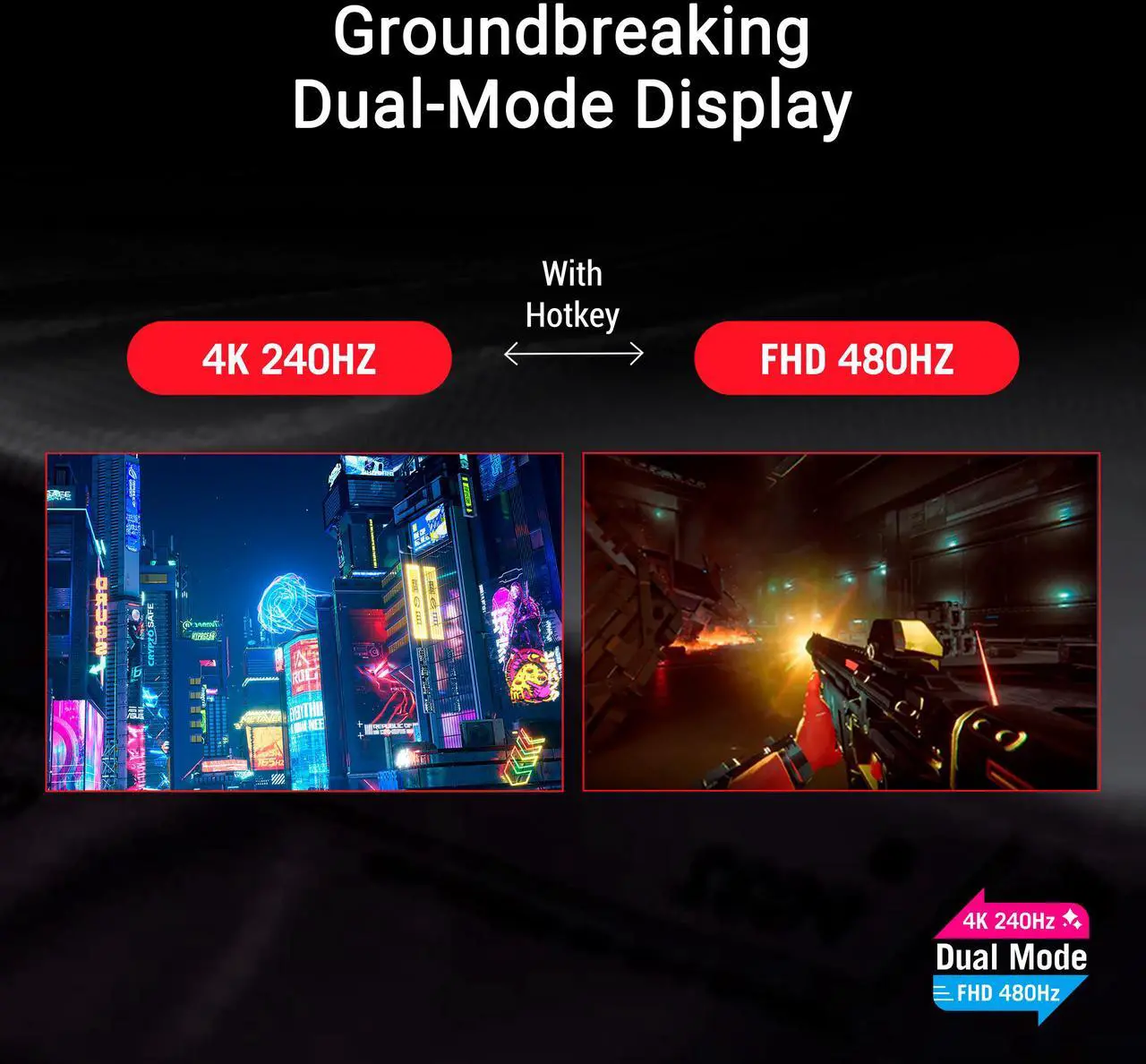
4) Understand VRAM like a pro
Here’s the simple way to think about memory: VRAM is the workspace for textures, geometry buffers, and ray-traced data. When you run out, the game stutters—it doesn’t just “lose a few FPS.” In 2025, plan roughly like this:
| Resolution/Use | Minimum | Comfort Zone | Why it matters |
|---|---|---|---|
| 1080p High | 8GB | 10–12GB | Modern AAA can spike above 8GB at Ultra |
| 1440p Ultra | 12GB | 12–16GB | Safer for high-res textures and longevity |
| 4K +/or RT | 16GB | 16–24GB+ | Mods/RT push capacity hardest |
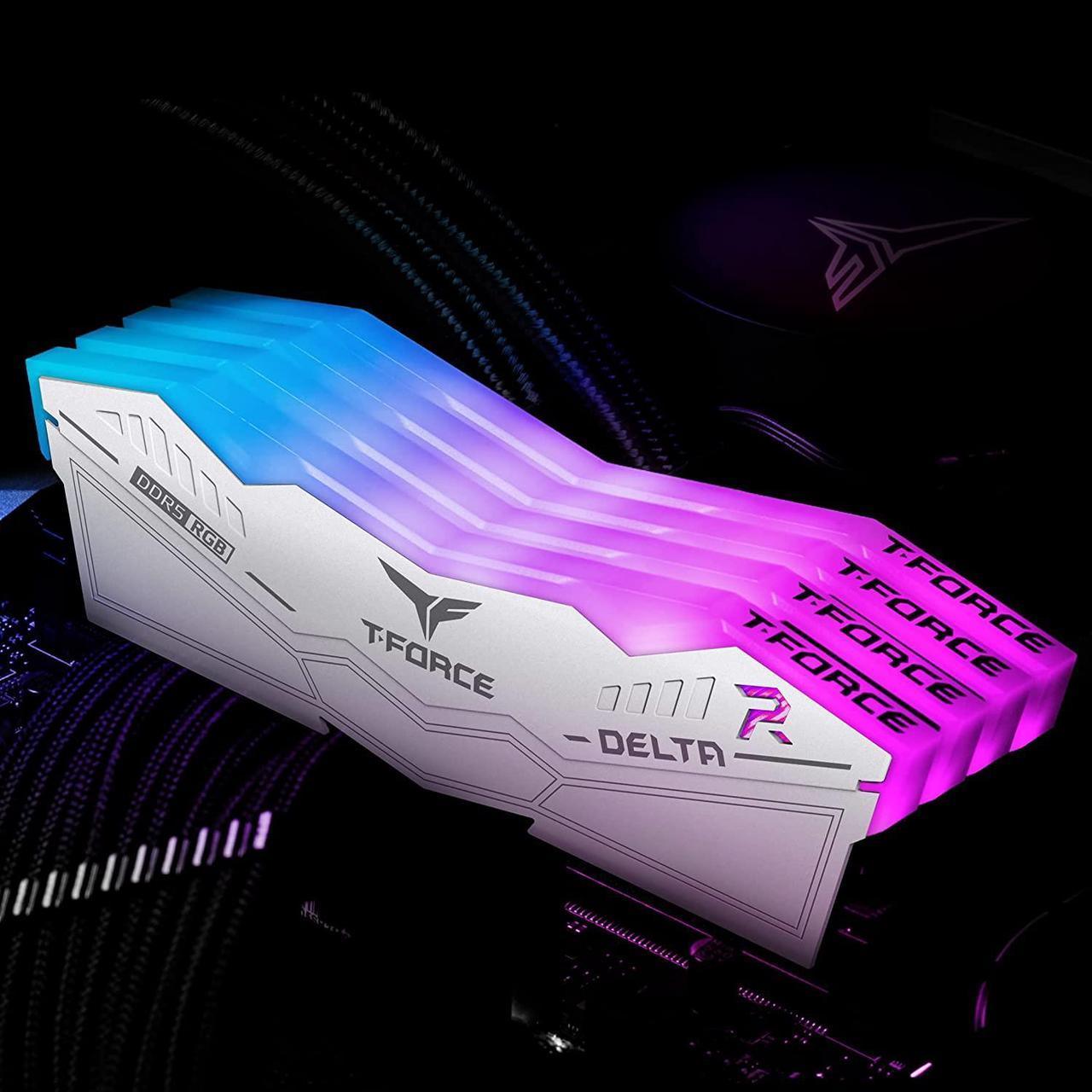
5) Treat upscaling & frame-gen as tools
Let’s be practical about “free performance”: NVIDIA’s DLSS 4 (with Multi Frame Generation) and AMD FSR 4 (with AI-assisted upscaling and frame-gen) can transform 1440p/4K playability on mid-to-high-end cards. Start at native, then try Quality or Auto, and add frame-gen if input latency feels right in your game.
Adoption note: DLSS 4 is tied to RTX 50-series for MFG; AMD notes FSR 4 availability on RX 9000-series with backwards support to FSR 3.1 in some titles. Always check your specific game’s support page.

6) Decide how much ray tracing you really use
This is where taste matters most: RT transforms lighting and reflections but costs real performance. If you love the look, budget one tier higher than you otherwise would—or lean on DLSS/FSR plus frame-gen to keep frame times smooth. If you’re competitive-minded, keep RT off and chase refresh.
7) Confirm your platform won’t hold you back
Before you hit “add to cart,” double-check the boring stuff that ruins builds:
- Fit & airflow. Measure length, thickness (slots), and weight. High-end coolers can be 3–4 slots thick and benefit from anti-sag brackets. Mesh-front cases and quality fans lower noise and stabilize clocks.
- Power & headroom. Aim for ~100–150W of PSU headroom above typical gaming draw for transient spikes, future upgrades, and quieter operation (80+ Gold/Platinum from reputable brands).
- Connector reality check. Modern high-end GPUs use 12V-2×6, the follow-on to 12VHPWR. It shortens sense pins and lengthens power terminals to improve insertion reliability and is still specified up to 600W. Fully seat the plug and avoid tight bends immediately after the connector.
Good to know: The cable families are cross-compatible; it’s mainly the socket standard that evolved (you’ll see “H+ / H++” markings on sockets). Follow your card/PSU vendor guidance.
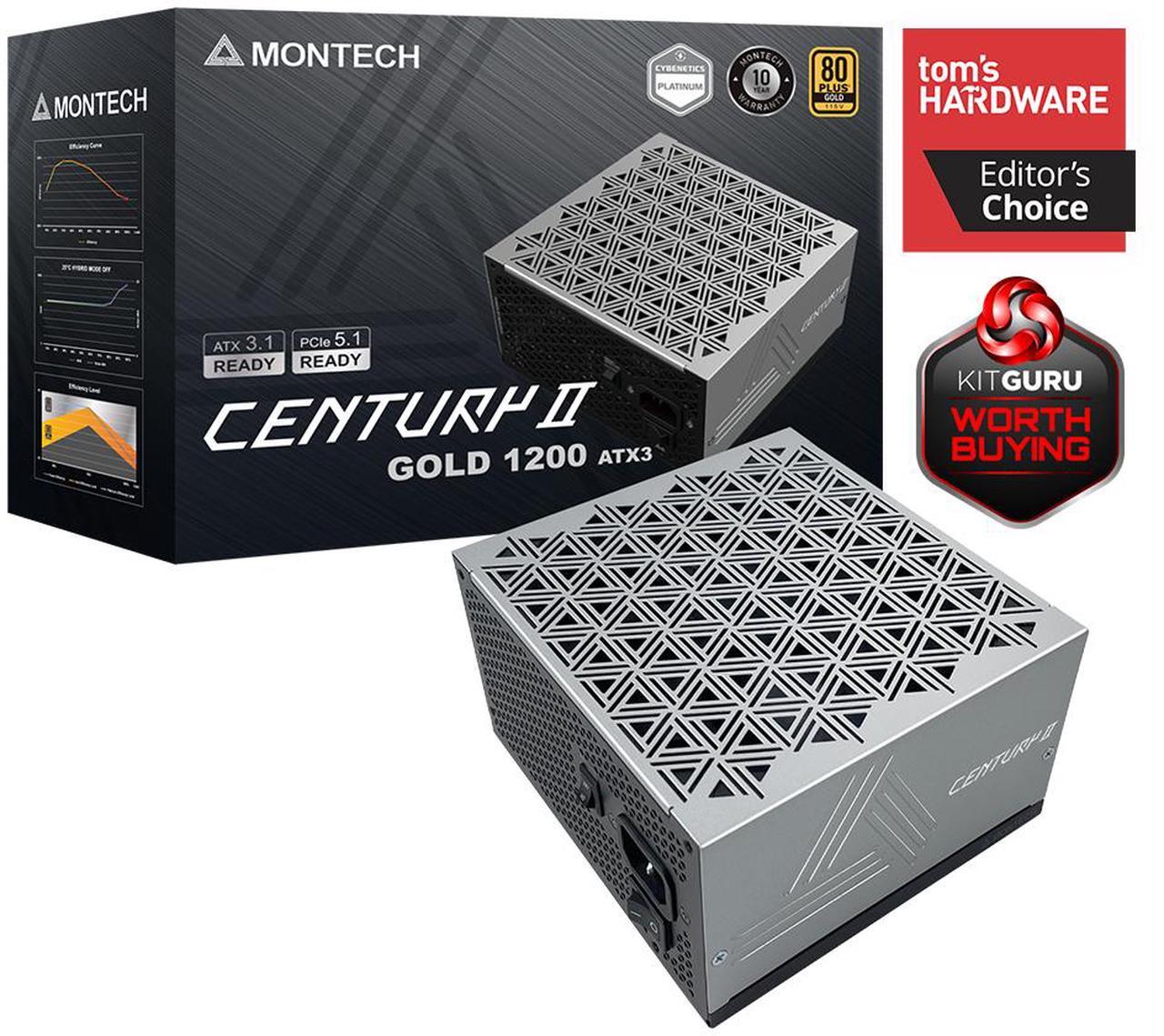
8) Read benchmarks without getting fooled
Here’s how to keep your footing in a sea of charts: rely on a current GPU hierarchy that tests dozens of cards under the same games & drivers, then open two or three per-game reviews for the titles you play. Track average FPS and 1% lows at your settings, and confirm RT on/off and upscaler mode in the test notes. This separates marketing from reality.

9) Compare board-partner cards the smart way
Once you’ve picked the GPU chip, the real fun begins: look at cooler design (heatsink size, vapor chamber, fin density), reported noise levels, and VRM/memory cooling. Factory OCs barely move the needle; a better cooler often means quieter, steadier clocks and headroom in summer. Warranty & local support can be the tie-breaker when models are otherwise equal.
10) Features that actually matter in 2025
These aren’t just buzzwords anymore:
- AV1 encode/decode for streaming/recording at lower bitrates.
- Upscalers + Frame Gen (DLSS 4 / FSR 4 or 3.1) now appear across many AAA titles.
- Creator stack (CUDA/TensorRT or ROCm) and driver cadence if you work in Blender/Resolve/Adobe.
11) If you’re new, keep this mental model
Think of it like teamwork: the CPU handles game logic/physics and feeds draw calls, while the GPU renders pixels (and RT effects). If the CPU can’t keep up, you’re CPU-bound; if the GPU is maxed, you’re GPU-bound. Smooth play comes from pairing parts so neither bottlenecks the other. For a gentle primer on the basics before diving into charts, Newegg’s explainer is a friendly warm-up.

12) A simple buying workflow you can copy
When in doubt, follow this checklist:
- Define the target. Resolution × refresh × RT on/off × your tolerance for upscalers.
- Shortlist a tier. Pick one that should hit the goal and keep two backups for price swings.
- Validate with fresh charts. Open a current hierarchy, then cross-check two or three game reviews at your settings.
- Sanity-check VRAM. 1080p: 8–12GB; 1440p: 12–16GB; 4K: 16–24GB+. If you mod or stream, bias higher.
- Confirm fit, power, connector. Check length/slots/weight, ensure PSU headroom, verify 12V-2×6 seating.
- Pick the quietest cooler you can afford. Noise fatigue is real; a bigger heatsink buys comfort and consistency.
- Buy with an easy return window and register your warranty. Hardware happens—give yourself a safety net.
- Set it up right. Clean-install drivers, confirm Resizable BAR, match display sync (G-Sync/FreeSync), heat-test for 20–30 minutes, then try DLSS/FSR Quality and Frame Gen in your three most-played games.
Decision Flow (copy/paste)
If target is 1080p ≥144Hz → shortlist mid-range → check 12GB VRAM → validate in your games.
If target is 1440p Ultra 120–165Hz → shortlist upper-mid → 12–16GB VRAM → DLSS 4 or FSR 4 on Quality for heavy titles.
If target is 4K 60–120Hz (RT on) → shortlist high-end/flagship → 16–24GB+ VRAM → plan for a chunky cooler + PSU headroom.
13) Quick Picks & Scenarios (ready-to-use shortlists)
To keep this actionable, these shortlists reflect the current RTX 50-series, Radeon RX 9000-series, and Intel Arc B-series lineups. Model names link to official pages, and each block includes a quick “why it fits.” Always sanity-check with up-to-date benchmark hierarchies and your own games/settings.
Upscaling reality check: DLSS 4 (with Multi Frame Generation) is now standard across the RTX 50-series and supported in 75+ games early in the year, with broader RTX feature support later; FSR 4 has rolled out via drivers to most FSR 3.1 titles and now appears in 80+ games. Expect per-title variation—start in “Quality/Auto,” then add frame-gen if latency feels fine.
13.1 — 1080p High/Ultra @ 144–240Hz (Competitive)
If you want speed over sparkle, prioritize strong 1% lows and latency tools; keep heavy RT off for esports and use upscalers sparingly.
| Tier | GPU (official) | Why it fits |
|---|---|---|
| Value | GeForce RTX 5060 | Entry RTX 50-series with DLSS 4 + Reflex; solid 1080p with tuned settings. Check VRAM needs in texture-heavy shooters. |
| Alt Value | Intel Arc B570 | 10GB VRAM and modern media engine; good value where pricing is aggressive. Drivers have matured vs. launch. |
| Mid | GeForce RTX 5070 | High-refresh 1080p/1440p and DLSS 4 for bursty engines; broad AIB availability. |
| Upper-Mid | GeForce RTX 5070 Ti | Extra headroom for 240Hz targets and heavier RT offloads; popular in compact builds. |
13.2 — 1440p Ultra @ 120–165Hz (Today’s Sweet Spot)
If you want sharp and fast, assume 12–16GB VRAM and lean on upscalers only when needed.
| Tier | GPU (official) | Why it fits |
|---|---|---|
| Value | Intel Arc B580 | 12GB VRAM, 192-bit bus; credible 1440p with tuned settings and XeSS 2/frame-gen. Launch pricing was aggressive. |
| Mid | GeForce RTX 5070 Ti | Strong 1440p; DLSS 4 + Multi Frame Generation pushes demanding titles over 144fps on sensible settings. |
| AMD Alt | Radeon RX 9070 XT | Excellent raster and 16GB VRAM; FSR 4/3.1 coverage is expanding; great “native-first” option. |
Pro tip: start native, then try DLSS 4 / FSR 4 on Quality/Auto. Add frame-gen only if input latency still feels right for your game
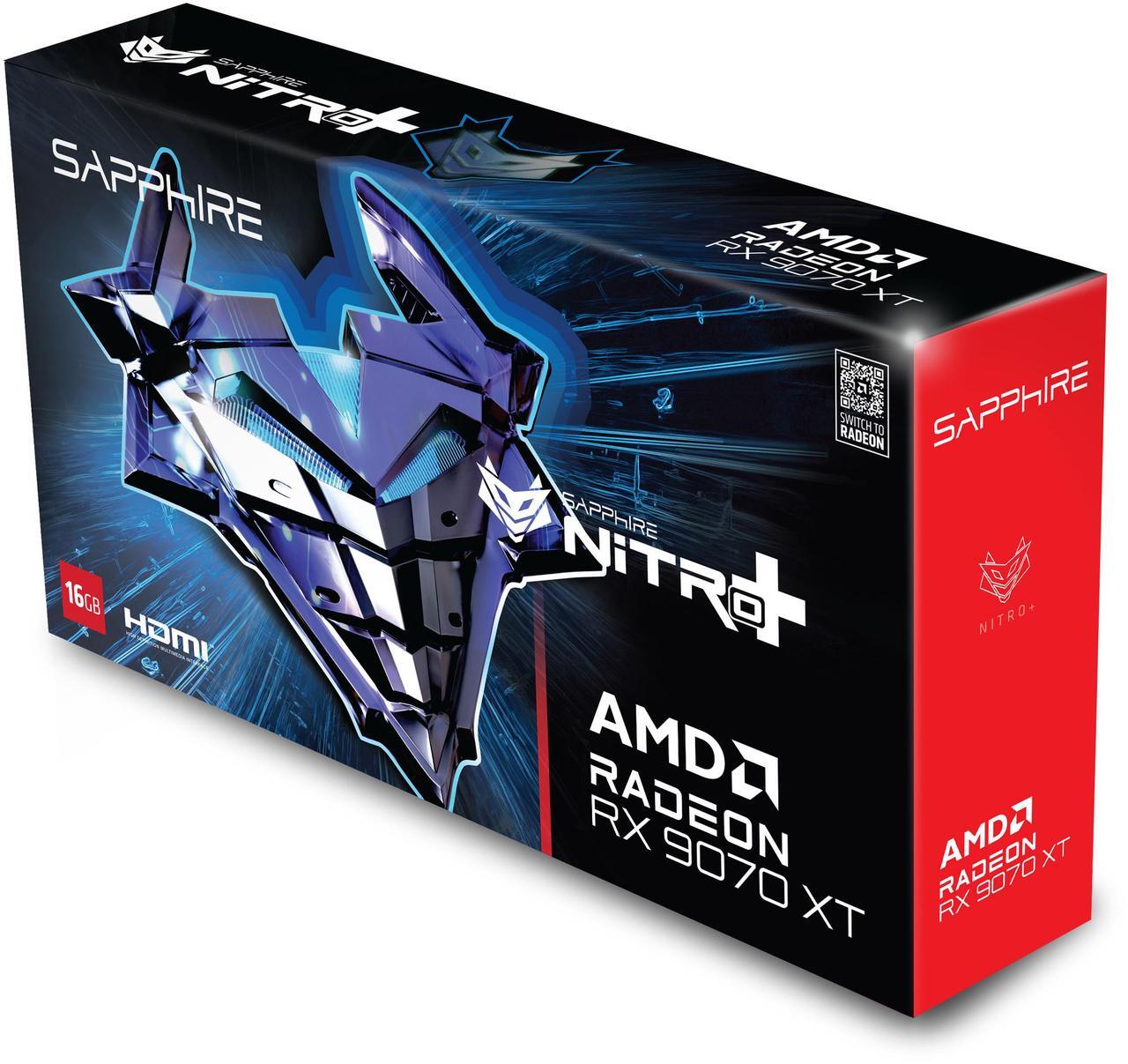
13.3 — 4K High/Ultra @ 60–120Hz (Showcase/RT On)
If you want the wow factor, plan for great case airflow and PSU headroom.
| Tier | GPU (official) | Why it fits |
|---|---|---|
| Flagship | GeForce RTX 5090 | 32GB GDDR7, top-tier RT, and DLSS 4 (MFG)—the current apex 4K/RT pick. |
| High-End | GeForce RTX 5080 | Excellent 4K with smart settings and DLSS 4; easier on power/noise than flagships. |
| AMD Alt (raster-first) | Radeon RX 9070 XT | Strong 4K raster; lean on FSR 4 where supported to stretch frames. |
Power & connectors: modern high-end cards use 12V-2×6. Seat it fully and avoid sharp bends; spec remains up to 600W.
13.4 — Creator & AI-Curious (Resolve/Blender + Local Models)
If you render, edit, or tinker with local AI, you’re buying VRAM first and stable encoders second.
- Max headroom: GeForce RTX 5090 — 32GB GDDR7 + Studio ecosystem + AV1.
- Balanced pro-sumer: Radeon RX 9070 XT — 16GB VRAM, strong raster, robust recording/streaming tools.
Heads-up on features: DLSS 4 and FSR 4/3.1 coverage keeps expanding in 2025, so mid-range cards age more gracefully than they used to.
Notes you can keep under the tables — revised
- Stock & pricing shift fast. RTX 50 now spans 5090 / 5080 / 5070 / 5060; RDNA 4 is led by RX 9070 / 9060 / 9060 XT (some SKUs are SI-only), and Intel’s Arc B580/B570 cover the value tiers. Verify Newegg ‘s inventory and pricing before you publish.
- Drivers evolve continually. Keep GeForce and Adrenalin up to date—DLSS/FSR features and stability typically improve with each release.
14) Special scenarios worth planning for
Small-form-factor builds: measure twice, order once. Many SFF-friendly cards exist, but airflow is everything; consider mesh-front cases and high-quality 120/140mm fans. A cooler SFF build is a happier SFF build.
Silence-focused rigs: slight undervolts and a gentler fan curve can shave 5–10°C with little to no FPS loss. Larger coolers help a lot. Lower noise equals higher comfort.
Streaming & recording: AV1 is your friend for quality at sane bitrates. Keep a VRAM buffer so your encoder doesn’t suffer when the game spikes. Your audience can hear coil whine—tame it.
15) Budget with your monitor in mind
This tip saves more money than any coupon: spend according to the display you actually own (or plan to buy soon). There’s no value in paying for 4K/Ultra performance if you’re gaming on a 1440p/144Hz panel. If your chosen GPU pushes your PSU or case cooling into the red, reserve part of the budget for a better power supply or extra fans. Noise-normalized performance is real performance.
16) Where to verify—every time
Make this your buying ritual: open a current GPU benchmarks hierarchy to see where cards sit right now, then read two or three recent game-specific reviews at your target settings—be explicit about RT on/off and upscaler modes. This habit keeps last quarter’s assumptions from draining your wallet; 2025 is noisy and fast-moving, so drivers, pricing, and supply can reshuffle the deck quickly.
And while you’re cross-checking performance, keep tabs on Newegg: scan product pages for AIB variants, watch bundle promos (games, PSU, or case/fan deals), and check open-box/clearance or limited-time events. If you’re on the fence, add candidates to your wishlist and revisit after the next driver drop or sale cycle—often the right card becomes obvious when stock and price line up.
FAQ
Is 8GB of VRAM still enough in 2025?
Sometimes—but stepping up is safer. At 1080p High, 8GB can work, yet modern engines and texture packs often exceed it. For 1440p Ultra, aim for 12–16GB. With 4K or heavy ray tracing/mods, plan on 16–24GB+. If you keep games installed long-term or love big texture packs, err on the higher VRAM tier.
Do I need to worry about the new 12V-2×6 power connector?
It’s fine—just seat it properly. 12V-2×6 is the updated standard after 12VHPWR, rated up to 600W and designed for better insertion reliability. Push until fully seated, avoid tight bends right after the plug, and use a native PSU cable when possible (quality adapters are OK if routed cleanly).
DLSS 4 vs. FSR 4—what should I use?
Use whichever your games support best, then tune. Start native, then try Quality/Auto upscaling. If frame generation is available, enable it only if input latency still feels good. NVIDIA cards typically pair best with DLSS 4; AMD cards with FSR 4/3.1. Many titles support both—test and keep the one that looks and feels better to you.
How big should my PSU be for a modern GPU?
Give yourself breathing room for spikes and silence. Take your system’s typical gaming draw and add about 100–150W of headroom. Prefer reputable 80+ Gold/Platinum units. More headroom helps your PSU run cooler and quieter and accommodates future upgrades. For high-end cards, confirm the correct 12V-2×6 (or supported) cabling.
Will my CPU bottleneck a new GPU—and how can I tell?
Match the card to your frame-rate goal, not just resolution. If you chase 200–300 fps in esports at 1080p/1440p, a fast, modern CPU matters. After install, watch usage: if GPU is ~99% with smooth frame-times, you’re GPU-bound (good). If GPU usage is low while a CPU core is pegged, you’re CPU-bound. Before buying, skim recent per-game benchmarks at your settings—and while shopping, keep an eye on Newegg product pages for AIB variants and bundle deals that help balance your build.

